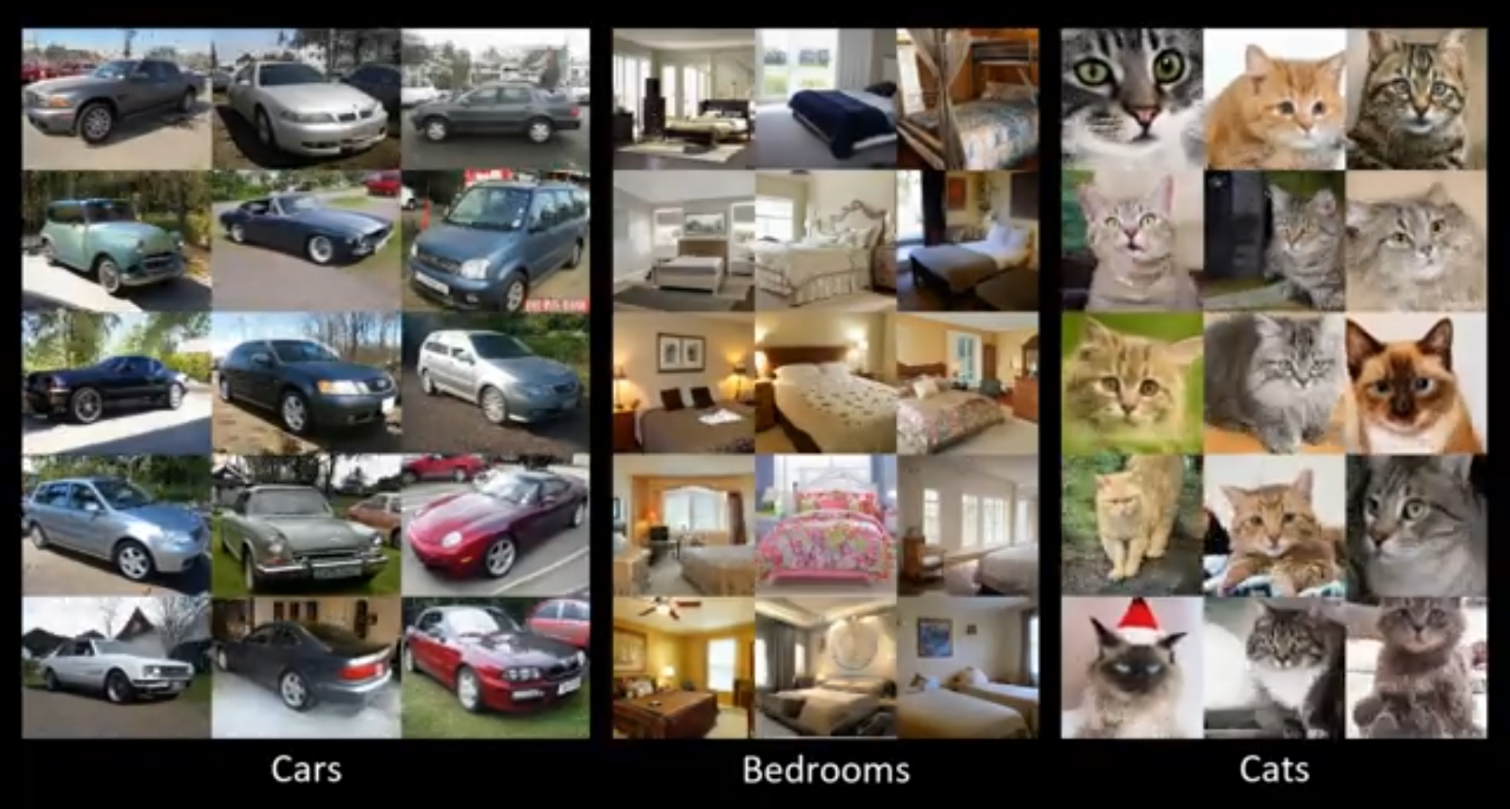Nvidia’s Scary AI Generates Humans That Look 100% Real
New Nvidia AI technology defies belief by creating 100% realistic synthetic humans, cats, and even cars.
Believe it or not, all these faces are fake. They have been synthesized by Nvidia’s new AI algorithm, a generative adversarial network capable of automagically creating humans, cats, and even cars.

The technology works so well that we can expect synthetic image search engines soon — just like Google’s, but generating new fake images on the fly that look real. Yes, you know where that is going — and sure, it can be a lot of fun, but also scary. Check out the video. It truly defies belief:
According to Nvidia, its GAN is built around a concept called “style transfer.” Rather than trying to copy and paste elements of different faces into a frankenperson, the system analyzes three basic styles — coarse, middle, and fine styles — and merges them transparently into something completely new.
MORE: Best Amazon Alexa Skills - Top 50 Cool and Useful Things
Coarse styles include parameters such as pose, the face’s shape, or the hair style. Middle styles include facial features, like the shape of the nose, cheeks, or mouth. Finally, fine styles affect the color of the face’s features like skin and hair.
According to the scientists, the generator is “capable of separating inconsequential variation from high-level attributes” too, in order to eliminate noise that is irrelevant for the new synthetic face.
For example, it can distinguish a hairdo from the actual hair, eliminating the former while applying the latter to the final photo. It can also specify the strength of how styles are applied to obtain more or less subtle effects.
Get instant access to breaking news, the hottest reviews, great deals and helpful tips.

Not only the generative adversarial network is capable of autonomously creating human faces, but it can do the same with animals like cats. It can even create new cars and even bedrooms.
Nvidia’s system is not only capable of generating completely new synthetic faces, but it can also seamlessly modify specific features of real people, like age, the hair or skin colors of any person.
The applications for such a system are amazing. From paradigm-changing synthetic free-to-use image search pages that may be the end of stock photo services to people accurately previewing hair styling changes. And of course, porn.
Jesus Diaz founded the new Sploid for Gawker Media after seven years working at Gizmodo, where he helmed the lost-in-a-bar iPhone 4 story and wrote old angry man rants, among other things. He's a creative director, screenwriter, and producer at The Magic Sauce, and currently writes for Fast Company and Tom's Guide.
-
islandboy5150 How about a new John Wayne or Humphrey Bogart movie? If they can create the face, why not also the voice and use it for television and films?Reply -
desertscott74 This is nothing new. Playboy and others have been making homely women look attractive for decades.Reply
-
naturalkirk The feminists added a filter to the algorithm to make sure none of the women it generates are attractive.Reply -
streetsweeper62256 Well, the prototypes are SOMEWHAT similar. For real fun add the human, cat and car together.Reply -
zetaadeen If I took only the best of illustrations my child drew, not from his imagination, but manipulation of images already existing, copyright, private or otherwise and pawned it off as works of art and genius... I would be committing fraud. When google does it, they are demonstrating potential. One is actual fraud, the other is potential fraud and there is a pattern.Reply

